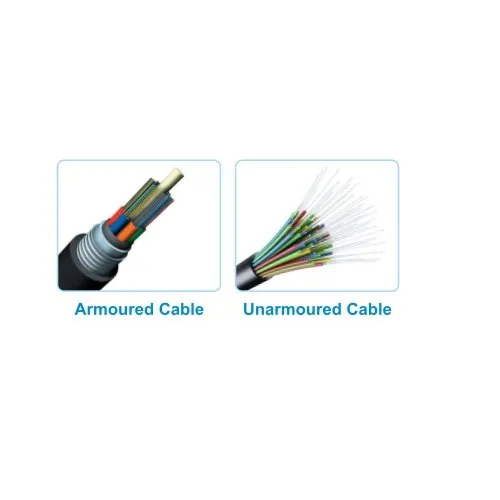As the world becomes increasingly dependent on digital communication, the demand for high-speed, reliable fiber optic networks is growing. When it comes to installing these networks, one important decision is whether to use armored or unarmored fiber optic cables.
Armored fiber optic cables have a layer of protective armor around the cable, typically made of steel or aluminum. This armor provides extra protection against physical damage, such as from rodents or construction equipment. Unarmored cables, on the other hand, do not have this extra layer of protection, making them more susceptible to damage.
But which option is the best choice for your network? It ultimately depends on your specific needs and circumstances. If your fiber optic cables will be installed in an area with a lot of foot or vehicle traffic, or in an environment where damage from construction or rodents is a concern, then armored cables may be the better choice.
However, if your network is located in a low-risk area, and the cost of the armored cable is prohibitive, then unarmored cables may be a viable option.
Another consideration is the installation process. Armored cables are typically more difficult to install than unarmored cables, as the armor can make them more rigid and less flexible. This can increase the installation time and labor costs, which may also affect the overall project budget.
Overall, it is important to weigh the benefits and drawbacks of each option before making a decision. Consult with a qualified network installation professional to determine which type of cable is the best choice for your specific needs and circumstances.
Post time: Mar-17-2023
